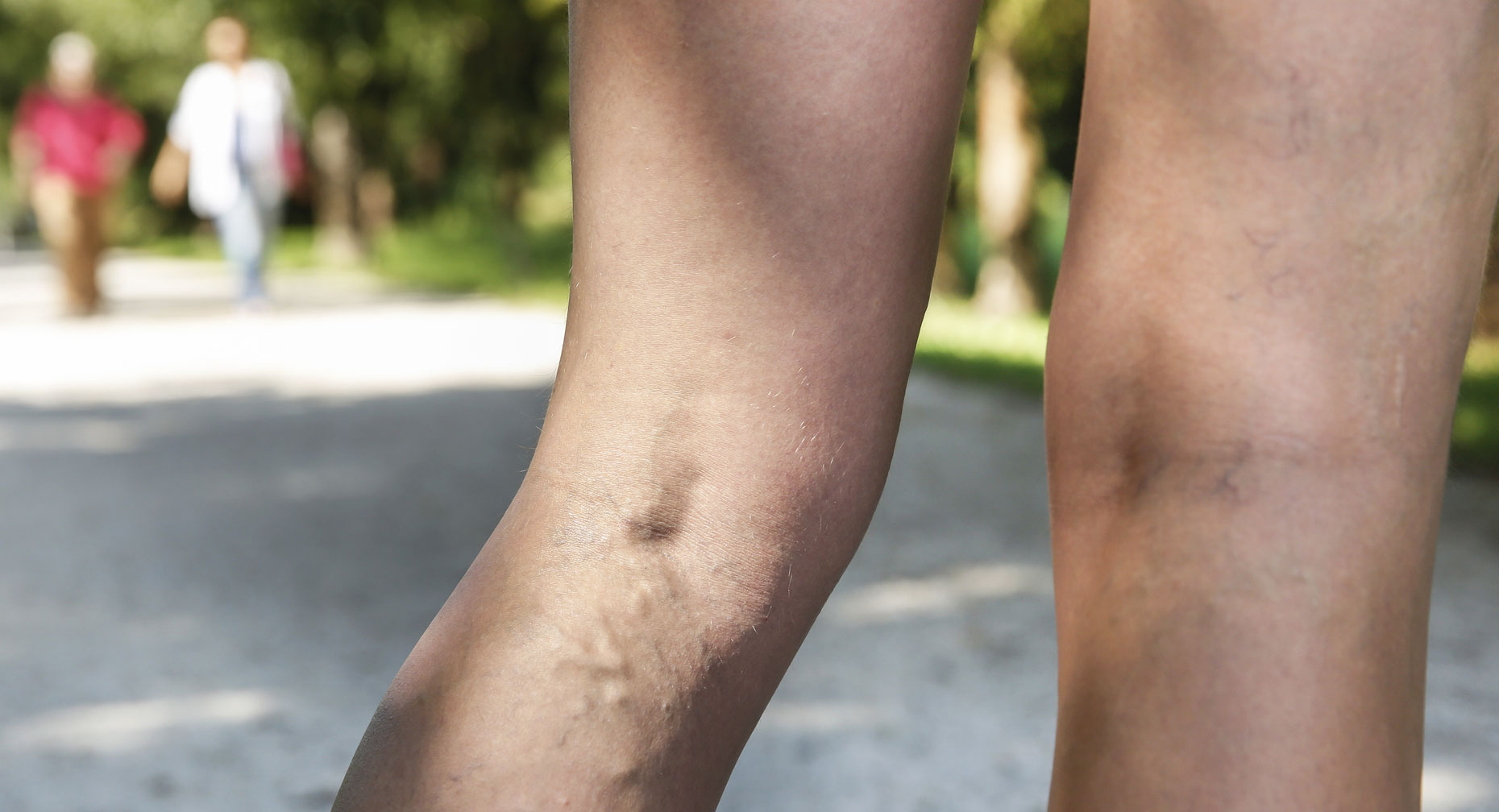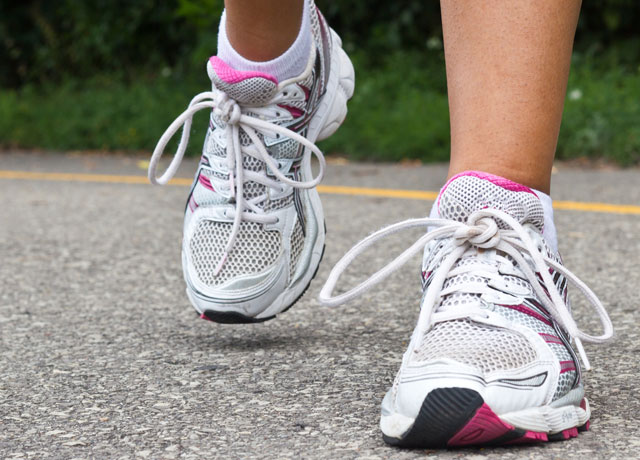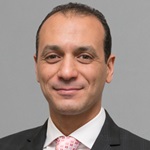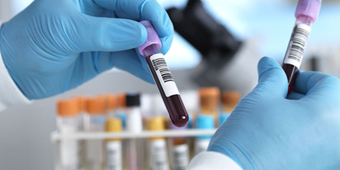Varicose Veins: Are They More Than Meets The Eye?

Answer a few questions and we'll provide you with a list of primary care providers that best fit your needs.
On the surface, just under the skin, varicose veins may not look nice. They’re swollen veins that are twisted, blue, and dark purple, usually occurring in legs. Beyond appearance, though, are they a real problem?
In most cases, they cause no medical issues but can exhibit symptoms that merit an exam by your physician.
What causes varicose veins?
Veins become varicose—that is, swollen—when valves in the veins weaken. They lose their ability to recirculate blood back to your heart. As a result, some blood flows backward, pooling and causing the veins to enlarge.
A variety of factors increase the risk of developing varicose veins:
- Age. Over time, the valves in your veins may lose effectiveness.
- Family History. About half of the estimated 30 million Americans with varicose veins have a blood relative who has them.
- Gender. Women are more likely to have varicose veins than men, due to hormonal changes during puberty, pregnancy, and menopause. And birth control pills can raise the risk.
- Pregnancy. If you’ve been pregnant, you know a growing baby exerts a good deal of stress on a mother’s body. Leg veins get their fair share. However, varicose veins that begin during pregnancy usually lessen three to 12 months after delivery.
- Blood Clots. People who have had blood clots or risk factors for developing them are more likely to have damaged veins that can become varicose.
Two additional risk factors can be controlled, to an extent. They’re typically addressed in the first line of varicose vein treatment that physicians prescribe:
- Weight. Extra pounds put extra pressure on veins and can cause them to become varicose. Losing weight through a physician-directed plan can help your veins regain strength and blood-moving efficiency.
- Inactivity. Sitting or standing for long periods forces veins to work harder to pump blood to your heart. Physical activity, in contrast, helps tone muscles, which in turn, invigorates blood flow.
How can you prevent or alleviate varicose veins?
- Avoid uninterrupted periods of standing or sitting. If your job requires this, take breaks to move around.
- Raise your legs above heart level, when possible. Raise your legs with a stool or pillow when sitting, resting or sleeping.
- Lose weight if you are overweight or obese. This improves blood flow and eases pressure on your veins.
- Wear comfortable clothes. Tight clothes, especially around your waist and upper thighs, can worsen varicose veins.
- Limit your time in high heels. Besides lifting you, they heighten pressure on your veins. Lower heeled shoes can help tone your calf muscles and promote blood flow.
Your doctor may also advise you to wear compression stockings. The gentle pressure they create prevents blood from pooling in the veins and decreases swelling.
When should you seek medical attention for varicose veins?
“Many people with varicose veins never experience symptoms other than cosmetic issues,” says Abdelhamed I. Abdelhamed, MD. “However, if you ever experience leg pain, tingling, numbness, swelling, discomfort, or an unexplainable feeling of heaviness in your legs, you should call your doctor for an evaluation.”
Other symptoms requiring varicose vein treatment include skin discoloration, blood clots, and ulcers. Without treatment, ulcers can become infected.
What varicose vein treatments are available?
In most cases, physicians start with conservative treatments such as compression hose and lifestyle changes, including weight loss, physical activity, and smoking cessation.
If these don’t work, your doctor may recommend outpatient procedures with short recovery times and much less pain than surgical procedures of the past. Examples include:
- High frequency energy to close off and collapse veins
- Sclerotherapy, nearly painless injections of a medication that scars shut varicose veins, which eventually disappear, replaced by healthy veins
- Removal of the vein with a very small needle incision
While these procedures are highly successful, the condition may recur in other veins. “For this reason, I recommend continuing follow-up care with your physician,” Dr. Abdelhamed says.
Answer a few questions and we'll provide you with a list of primary care providers that best fit your needs.
Source: Abdelhamed I. Abdelhamed, MD, Premier Cardiovascular Institute





